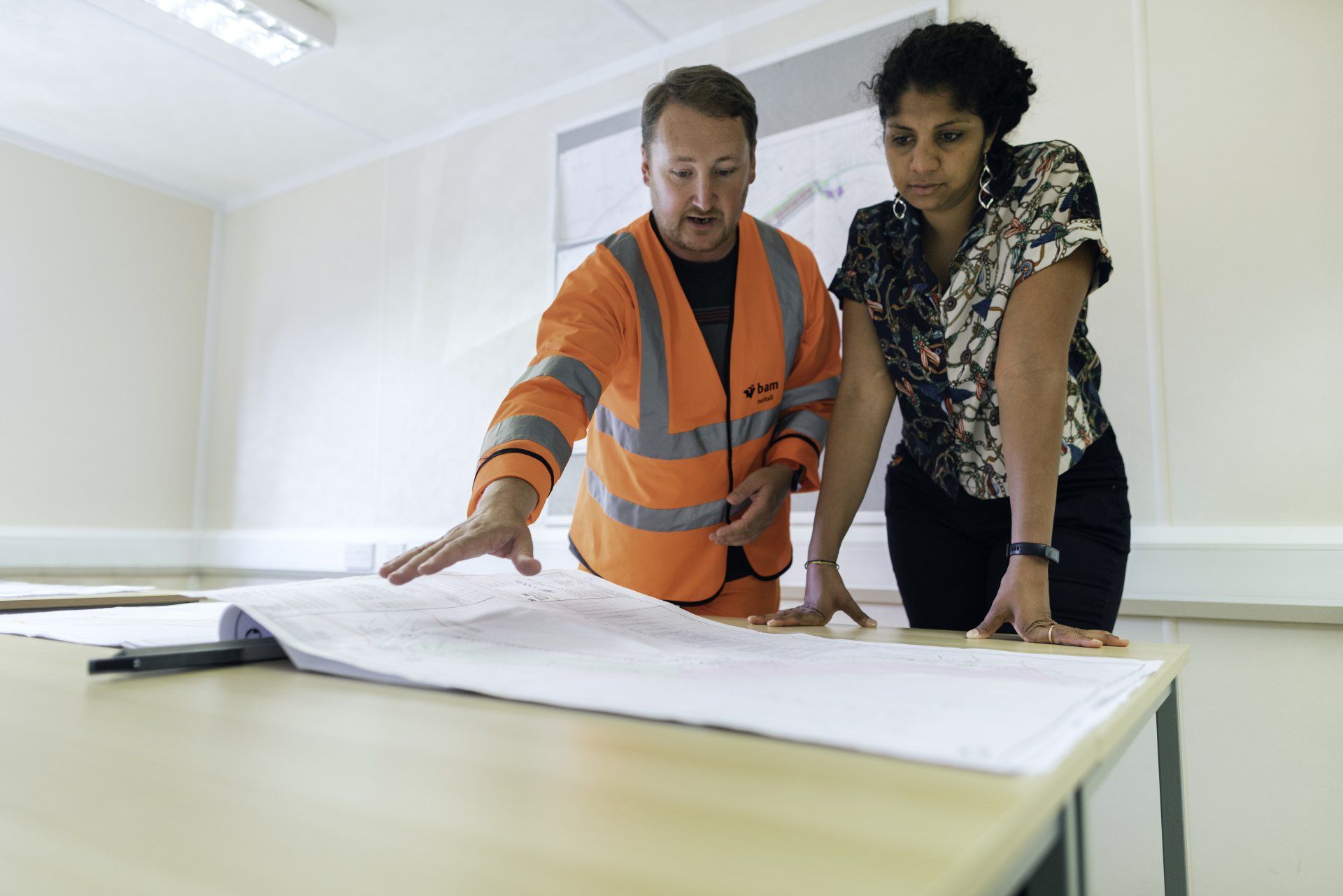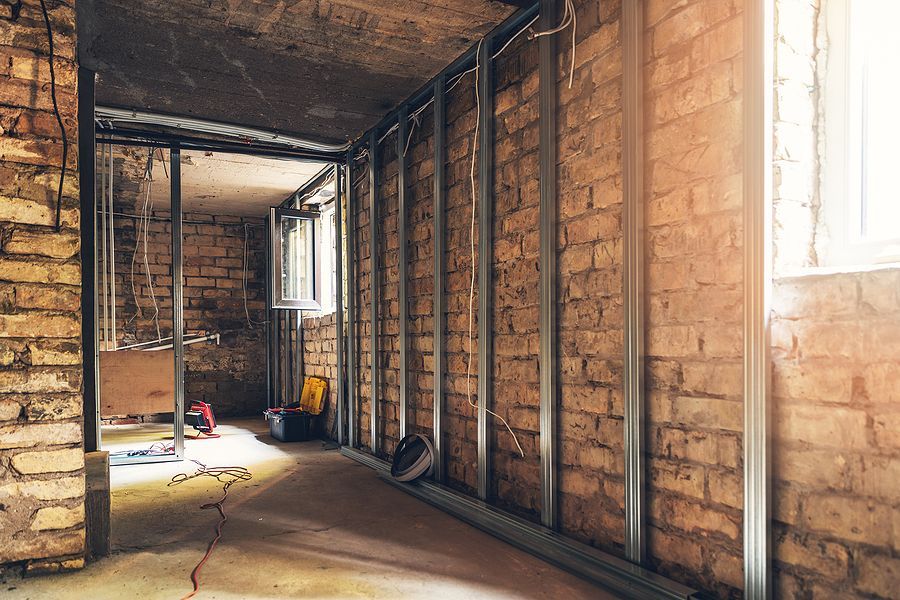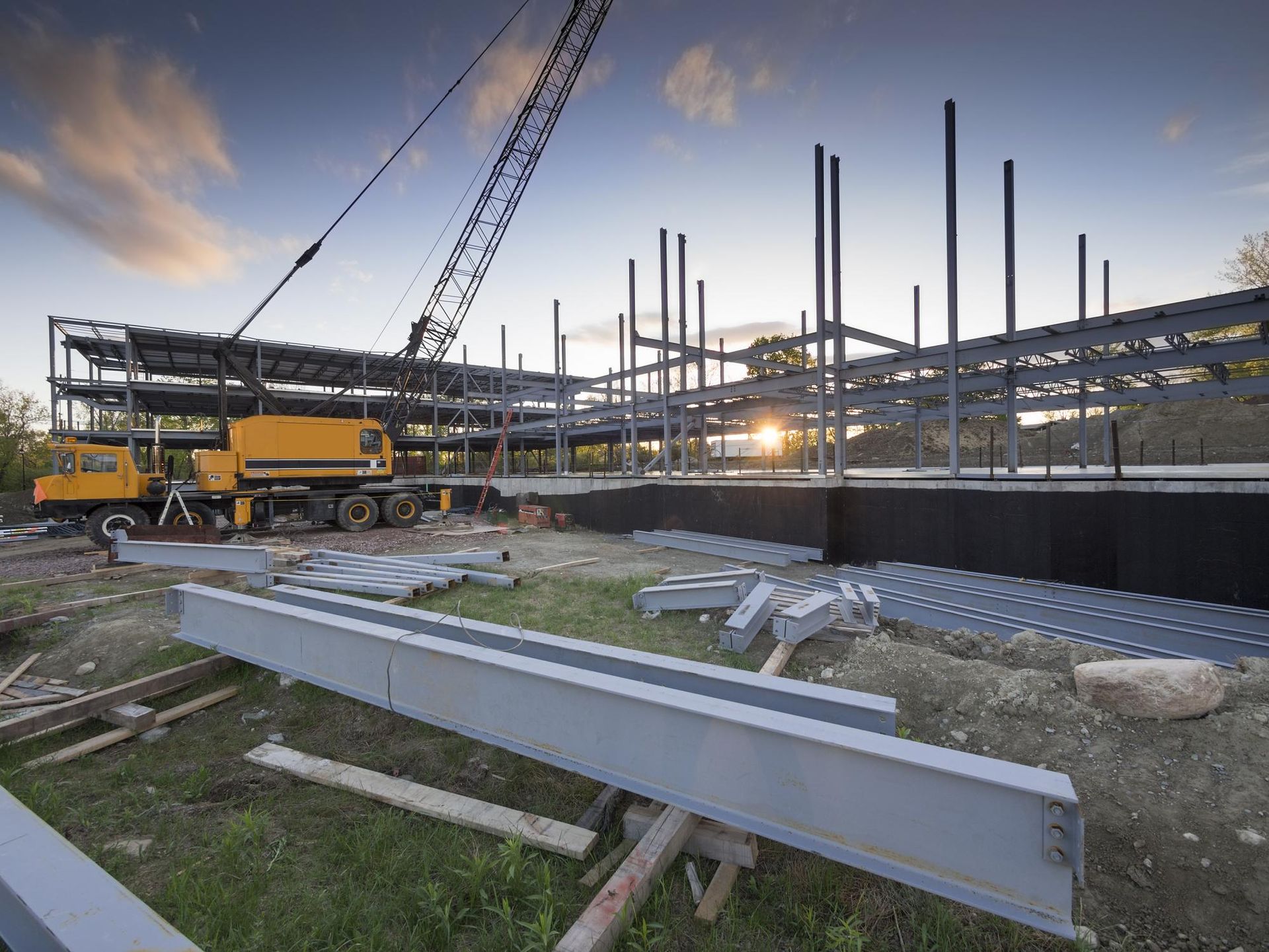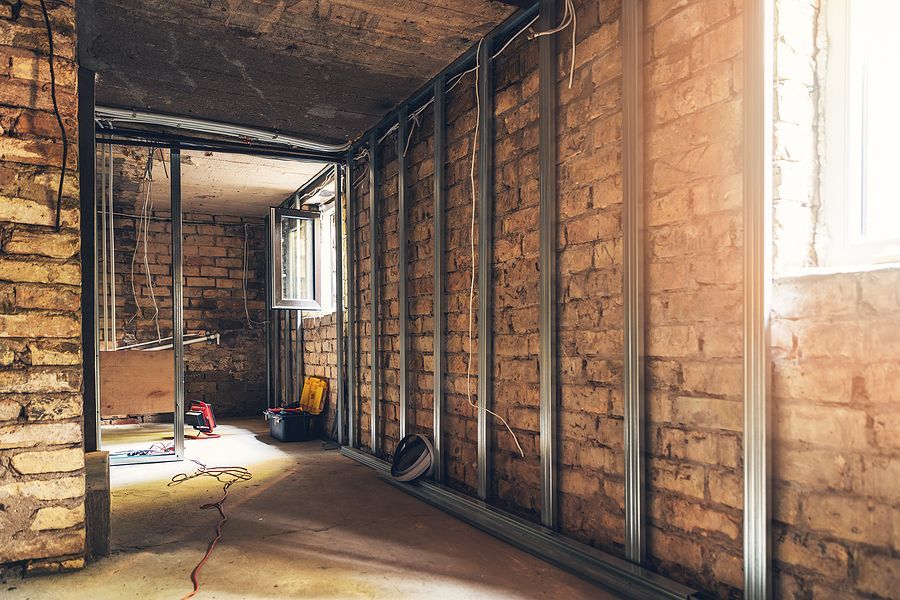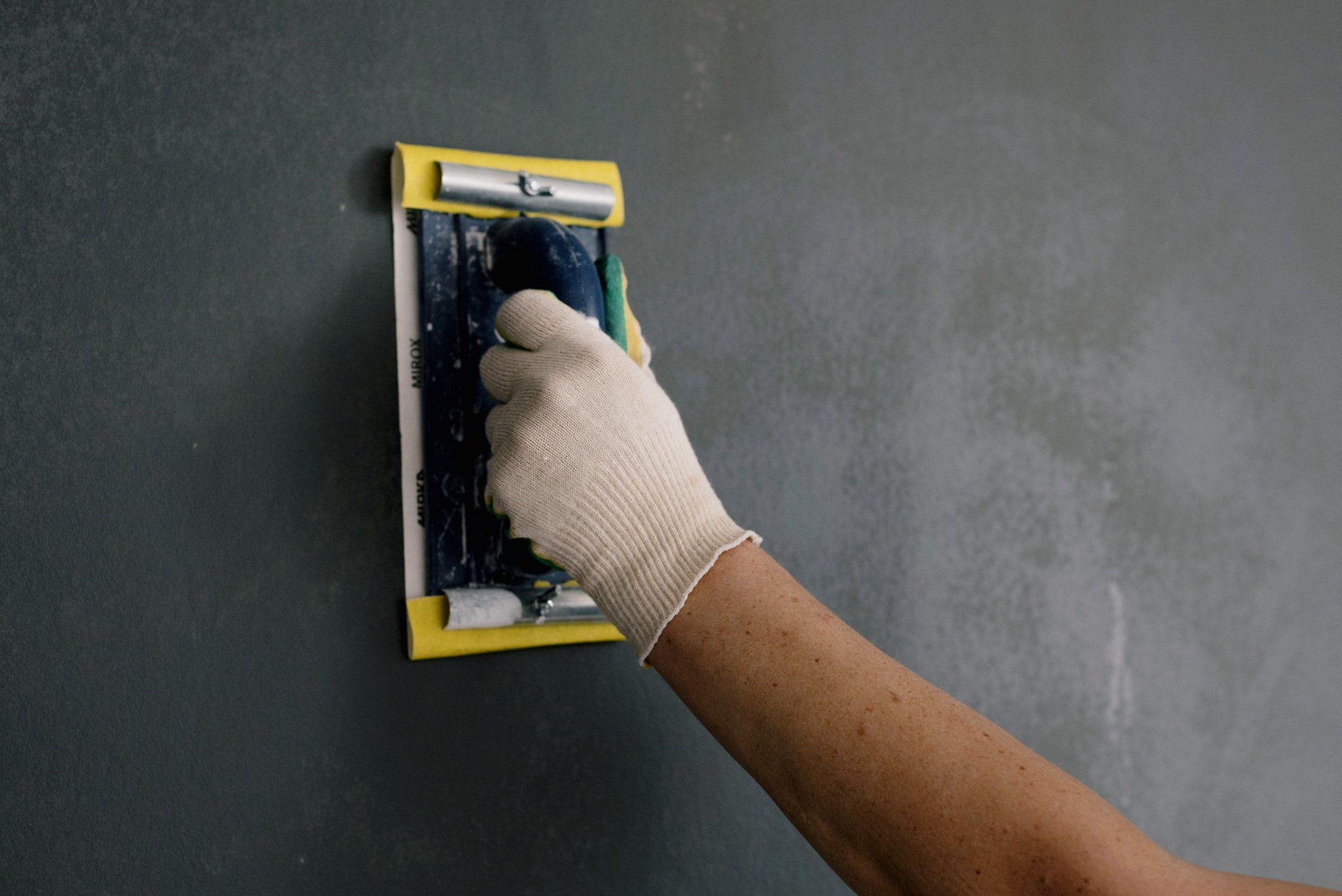The Lifeline of Your Home: Why Underpinning is the Ultimate Insurance
Ensuring Stability and Security Through Expert Underpinning Solutions
In the realm of home maintenance and renovation, foundation underpinning emerges as a paramount yet often underestimated procedure. This guide delves into the essence of foundation underpinning, highlighting its significance as the ultimate insurance for your home's longevity and stability. By understanding the intricacies of underpinning, homeowners can ensure their dwelling remains safe, secure, and structurally sound for generations.
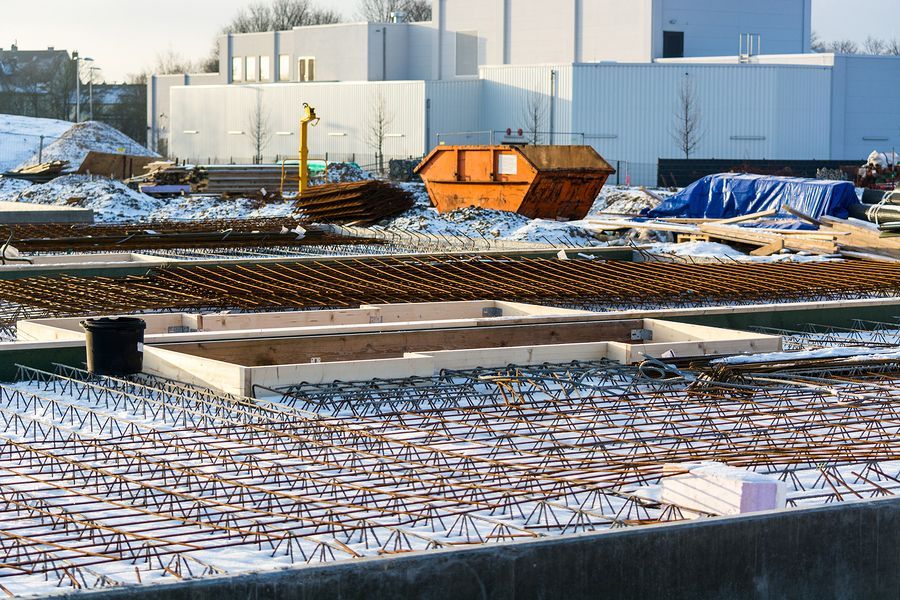
Understanding Foundation Underpinning
Foundation underpinning is a corrective process used to strengthen and stabilize the foundation of a building. This procedure is essential when the original foundation is unable to support the structure due to soil instability, subsidence, or additional loads from construction. Underpinning rectifies these issues, providing a "lifeline" that ensures the safety and durability of your home.
Identifying the Need for Underpinning
Several signs indicate the necessity for foundation underpinning, including visible cracks in walls, uneven floors, doors, or windows that won't close properly, and separation of walls from floors or ceilings. These symptoms suggest that the foundation may be failing and require immediate attention to prevent further damage and ensure the building's integrity.
The Process of Foundation Underpinning
The underpinning process involves excavating sections of the ground beneath your home's foundation and replacing them with stronger materials, such as concrete, to create a new, more stable foundation. This can be achieved through various methods, including mass concrete underpinning, beam and base underpinning, and mini-piled underpinning, each suitable for different situations depending on the severity of the foundation issue and the soil characteristics.
The Ultimate Insurance for Your Home
Underpinning provides several benefits, making it an invaluable investment for homeowners. It significantly increases the property's value, enhances structural integrity, prevents future foundation issues, and ensures compliance with building codes and regulations. Moreover, underpinning can make it possible to add additional stories to a building, offering homeowners the flexibility to expand their living space without relocating.
Choosing the Right Underpinning Solution
Selecting the appropriate underpinning method is crucial and depends on various factors, including the type of soil, the extent of foundation damage, and the building's design. Consulting with a structural engineer or a specialist underpinning contractor is essential to determine the most effective and efficient solution tailored to your home's specific needs.
The Importance of Professional Expertise
Underpinning is a complex and technical process that requires the expertise of professionals. DIY attempts can lead to further damage, compromising the safety of your home. Engaging with experienced underpinning contractors ensures that the work is carried out correctly, adhering to the highest standards of safety and quality.
Maintenance and Prevention
While underpinning addresses existing foundation issues, ongoing maintenance and preventive measures are vital to avoid future problems. Regular inspections, proper drainage, and avoiding excessive loads on the structure can help maintain the foundation's integrity and prevent the need for underpinning.
Conclusion
Foundation underpinning stands as the ultimate insurance for your home, safeguarding its structural integrity, enhancing its value, and ensuring the safety of its inhabitants. Recognizing the signs of foundation failure, understanding the underpinning process, and investing in professional expertise are crucial steps in maintaining your home's stability and security. By prioritizing underpinning when necessary, homeowners can rest assured that their residence is built on a solid foundation, literally and metaphorically, capable of withstanding the tests of time and nature.
In a world where the stability of our homes can significantly impact our comfort, safety, and financial well-being, underpinning not only acts as a lifeline for our buildings but also as a peace of mind for homeowners. It's an investment that pays dividends in the long run, ensuring that our homes remain the safe havens they are meant to be, standing strong against the unpredictable challenges posed by nature and time.

